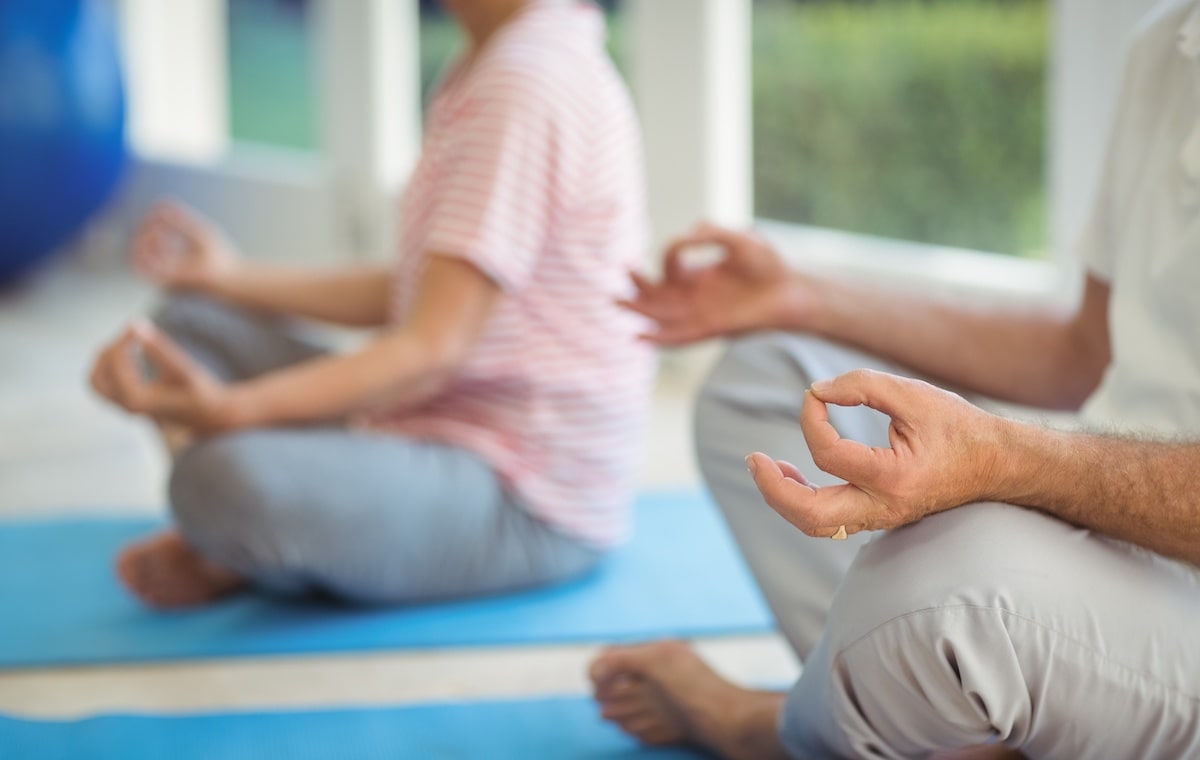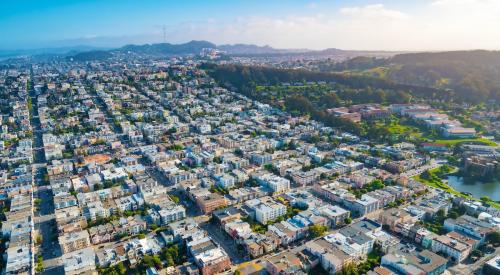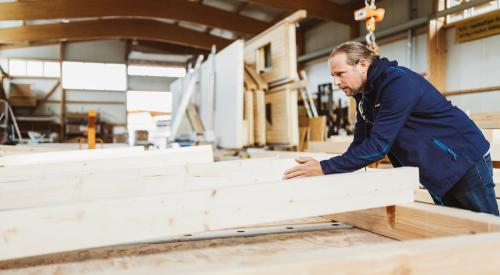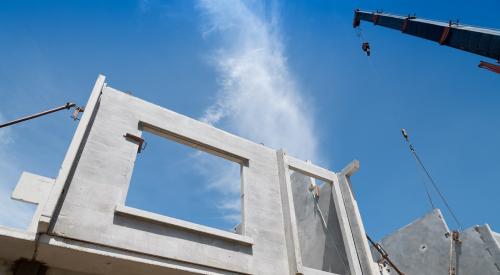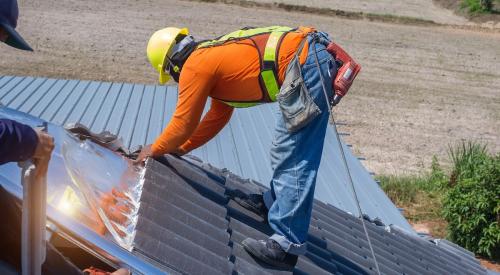Senior housing communities offer an array of amenities ranging from healthcare and assisted living to pickleball and Wii bowling, but according to Fast Company, an industry catered to older demographics will have to adapt to generations poised to live well beyond 100. In order to create spaces where adults can live longer and age in place, architecture and design firms like Perkins Eastman are creating communities that prioritize walkability, connectivity, and comprehensive care options.
Beyond just golf courses and bingo halls, new senior communities are incorporating meditation spaces and yoga studios. In order to prevent social isolation and loneliness, many builders and designers are adding multifamily units to their community portfolios and including common areas like gardens and terraces on every floor of multi-level residential buildings.
“There might be a 100-year-old, an 80-year-old, and maybe a 60-year-old all from the same family, all living in the same environment,” says Joe Hassel, senior living leader at Perkins Eastman, an architecture and design firm with offices around the world.
Hassel says his team has been studying what are known as Blue Zones, or places around the world that have high rates of people living long, healthy lives. Ranging from Okinawa, Japan, to Sardinia, Italy, these places share several characteristics that seem to influence longer living. Some are related to physical activity and diets of fresh food; others are related to community and social elements, from having regular contact with neighbors to a kind of ingrained happy hour that Blue Zones researchers call “Wine at 5.”
